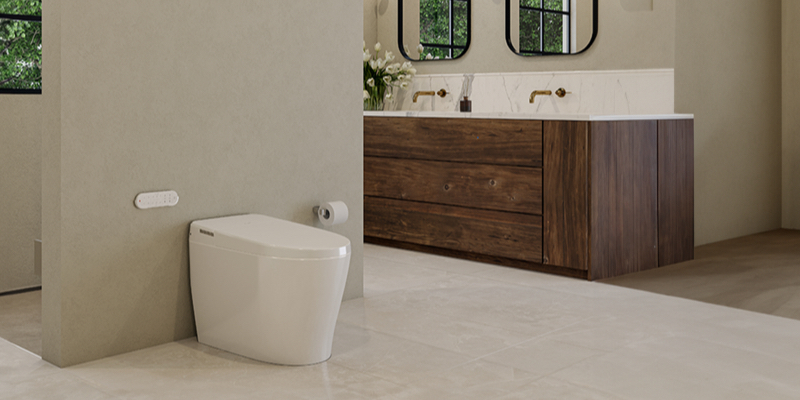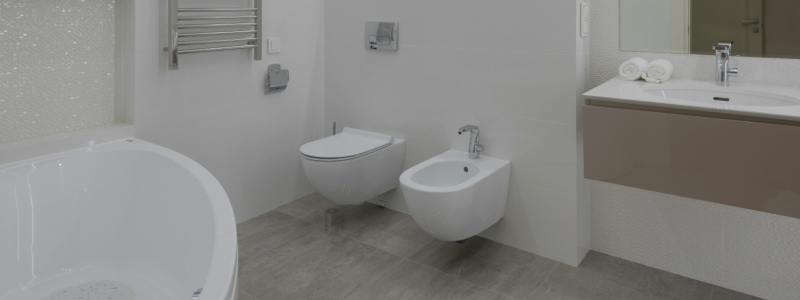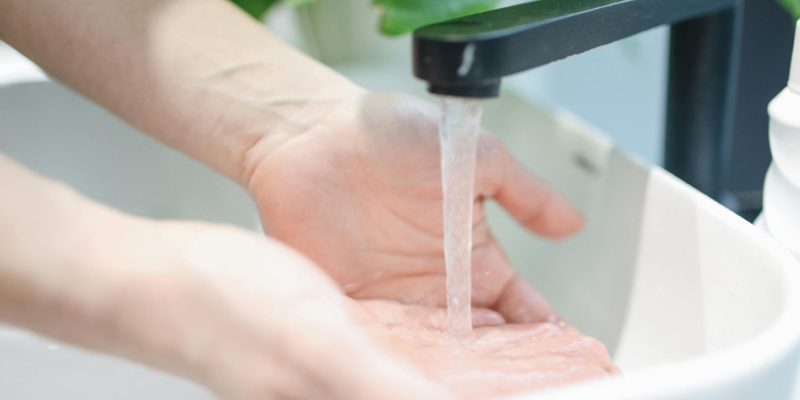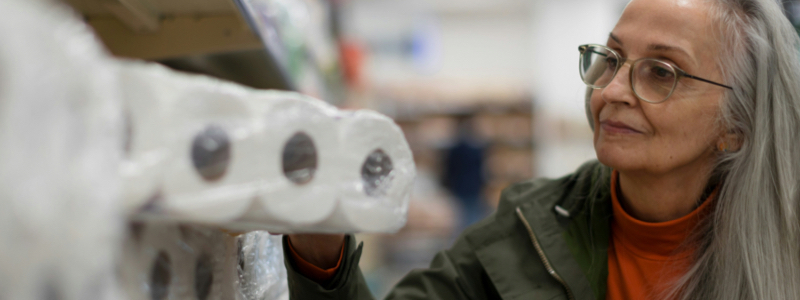
- Infrastructure & History Lag: Bidets didn’t catch on early in North America due to late adoption of indoor plumbing and the lack of standardized bathroom systems—unlike Europe, which embraced bidets in the 18th century.
- Cultural Taboos & Misconceptions: Misunderstandings about cleanliness, discomfort discussing personal hygiene, and taboos around female reproductive health contributed to resistance toward bidet use in the US and Canada.
- Toilet Paper Dominance & Sustainability Shift: The widespread marketing and convenience of toilet paper sidelined bidets, but growing awareness of environmental impact and personal hygiene benefits is driving a surge in bidet adoption today.
You may have come across a bidet on vacation in Japan or Italy, but these aren’t the only places where bidets are popular. According to the World Population Review, bidets are used in about 145 countries around the world.
Though there’s been growth, you may have noticed that bidets aren’t as common here as in other parts of the world. Bidets are becoming more popular in the US and Canada, with one article suggesting that the market has grown two or three times since 2020. Even still, some people might not even know what a bidet looks like, let alone how it works or how to use one.
Plumbing predicaments.
Plumbing infrastructure is not a new concept. Around 600 B.C. the Roman Empire built a city-wide sewage system known as Cloaca Maxima. In the 1500s, the Inca city of Machu Picchu developed a drainage system with 125 different channels. Although public plumbing was common in different parts of the world, it took time before this technology was adopted in American homes.
In Europe, standalone bidets became more and more common by the 18th century, thanks to adoption of indoor plumbing. In the US, however, bidets remained rare due to the lack of standardized plumbing.

The United States began to incorporate indoor plumbing in the 1840s, during the Industrial Revolution. Even then, it was generally only the wealthy that could afford such systems. Into the 1920s, less than 1% of American homes had indoor plumbing and electricity. Typical homes at this time were lucky to have a flushing toilet, let alone the indoor plumbing needed for a bidet.
These days, modern advancements—like freshwater toilet tanks, bathroom power outlets, and bidet seats that install with ease on an existing toilet—mean that any home can be equipped with a fully featured bidet.
Toilet taboos.
There are plenty of misconceptions about bidets out there—especially due to cultural taboos surrounding personal bathroom hygiene. While bidets gained popularity in places like the Middle East and Asia, especially during the Japanese technology boom of the 1970s and 80s, US homeowners didn’t seem too ready to integrate bidets into their own spaces. The misconception that bidets are unsanitary or messy may help explain why bidets didn't get as popular in the US as in other parts of the world.
That misconception couldn’t be further from the truth. Think about it—if your hands were dirty, would you wipe them with a piece of paper or wash them? Washing with fresh, clean water is an idea as old as human civilization, and bidets help us do that every time we flush.

Cultural taboos around personal hygiene and female reproductive health might also have made it more difficult for bidets to catch on in the US. While discussing these issues openly is becoming more socially acceptable, cleaning "down there" might still be a topic that's off limits for some Americans.
Today, we know that bidets are not only safe, sanitary, and clean but also have health benefits for people of all genders. By providing fresh, effective, and gentle streams of water to clean us, bidets can help improve bathroom hygiene, prevent discomfort, and assist with menstrual and postpartum care. Though we know the benefits, those old taboos and misconceptions made an impact, and they may be one reason why bidets aren’t more popular in America.
Big Toilet Paper.
Another potential reason bidets are less common in America is because of something we did popularize in our society—toilet paper.
Let’s be clear, wiping was not a new concept, nor is it entirely American. Throughout history, cultures around the world have used everything from seashells to sponges to get clean after doing their business. By the early 14th century, Chinese manufacturers were even producing packages of toilet paper sheets by the millions. So who popularized toilet paper in America?

In the Western world, commercially available toilet paper first appeared in 1875. Marketed by a New Yorker named Joseph Gayetty, these “medicated paper” packs were sold at 500 sheets for 50 cents. Then, in 1890, the first perforated toilet paper rolls appeared, which were widely adopted due to their marketed convenience and absorbency. With readily available toilet paper options in North America, it's possible that Americans didn't think they needed a bidet, if they even knew what it was.
Although the marketing behind T.P. has been thoroughly persuasive, there are downsides to using toilet paper. From chemical byproducts to deforestation to energy consumption, toilet paper production isn’t the best for our planet. Getting clean with water from a bidet is not only equally (if not more) convenient, but more hygienic, comfortable, and sustainable, too.
Bidets in North America.
Despite these factors, Americans are beginning to have a fresher take on bidets. With changing attitudes about personal hygiene, embracing international cultures, and sustainability, bidets are more popular in the US and Canada than ever before.
These days, there are plenty of bidet options designed for the North American bathroom. Modern bidets are designed to be installed quickly and easily, from integrated smart bidet toilets to bidet toilet seats, bidet attachments to hand-held bidet sprayers and travel bidets. With bidet use on the rise in North America, more people than ever are realizing the benefits of bidets for personal hygiene and the planet.
